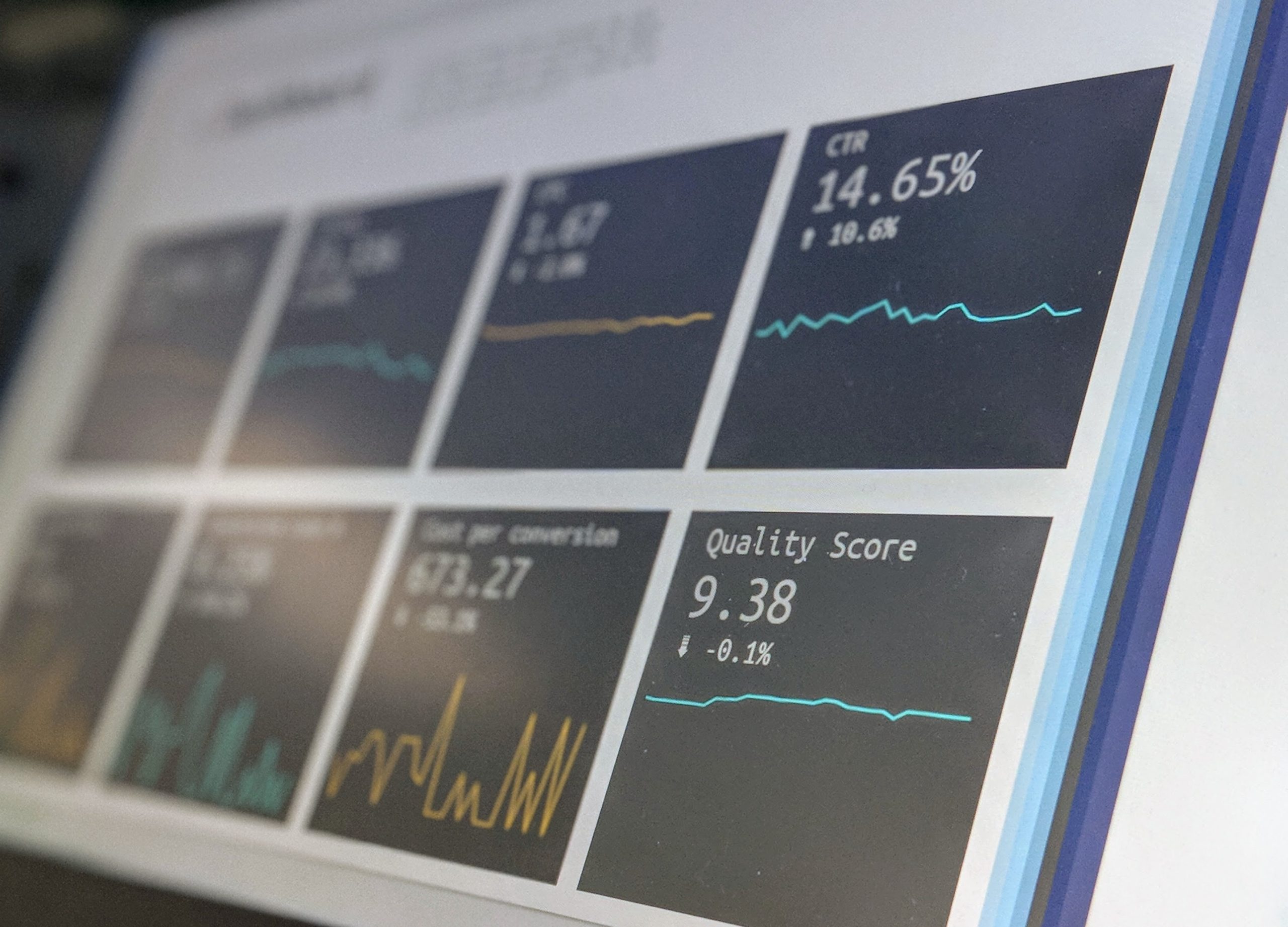Key Performance Indicators (KPIs) are a central part of growing your business and an integral part of LACOSTA’s services to all of our clients. For both our Managed Labor Solutions and our Janitorial Services, KPI reports help us successfully achieve our clients’ goals and standards.
Monitoring KPIs also helps us constantly measure progress and refine our services for each client, ensuring that your business will see tangible, real-time results. Keep reading for more insight into how we use KPIs and what that can mean for your company going forward!
What is a Key Performance Indicator (KPI)?
In simple terms, KPIs are the performance metrics that drive a business towards success. These are tangible, data-driven goals that should show if your business is on track and are ultimately essential to the success of a business.
Key Performance Indicators Examples
KPIs vary from industry to industry, as well as department to department. As long as it is measuring the performance of important metrics, a KPI can be almost anything. For example, marketing KPIs can focus on the rate of social media interaction, and sales KPIs can focus on increasing profit margins. Our KPIs are flexible and designed in collaboration with your business in order to be most effective.
Despite the wide range of possible indicators to focus on, all KPIs share the same four main components; a target, a timeline, a data source, and a set reporting schedule. For example, if one of our Managed Labor Solutions teams is working with a manufacturing plant, a KPI might be to increase the number of boxes packed per hour by 25% within a single fiscal year.
Breaking down that KPI, we have a:
- KPI Target: Every KPI starts with a specific target or goal for a business to achieve. In the above example, this would be a 25% increase in box packing efficiency.
- KPI Timeline: A timeline helps to focus efforts on specific KPIs to make sure the goals are met. In the above example, the timeline is a single fiscal year.
- KPI Data Source: Having a defined data source will help make sure your KPI is tracked and measured correctly. For this box packing example, you would likely want to start with hourly reports of box-packing numbers, so you can see what needs improvement.
- KPI Schedule: By sticking to a strict reporting schedule, you can see the improvement over time. To keep track of the above example, you would likely use a monthly KPI report, though you can report more or less frequently as needed.
Every successful KPI will follow this basic structure, regardless of the industry.
What is a KPI Report?
At the beginning of every relationship with our clients, LACOSTA defines KPIs for our teams, so that we can track and manage our workplace impacts. We work in tandem with you to develop these KPIs, so we can perfectly match your business objectives and expectations.
Once we define our KPIs, it becomes a process of observation and refinement. To keep you in the loop and to easily track our internal goals, we use a reporting tool called a balanced scorecard.
Scorecards and Accountability
LACOSTA works with all of our clients to develop scorecards that match your business goals, as well as ours. Each scorecard is unique to your company, which allows us to constantly tweak and improve our service to maximize your benefits.
A scorecard takes previously defined KPIs (for instance, the earlier box packing efficiency example) and assigns scores based on the month-to-month performance in this area. These scores can show the cause and effect nature of KPIs and business performance.
Deciphering the Scorecard
Take, for example, our earlier “box packing” scenario. Our monthly scorecard would likely focus on business metrics like Safety, Quality, Delivery, and Cost, as these are highly important to the success of a manufacturing plant. Each category will be measured by KPIs specific to that metric.
Our KPI of increasing box packing efficiency might fall under the Cost category on the scorecard, and each monthly score would show how well that KPI is actually translating to the workplace. A low score shows us areas to improve, and a high score shows us where we are succeeding.
Putting it All Together
While the whole thing might seem complicated at first, our KPI strategy is central to our success as well as yours. To easily summarize the process:
- We sit down with our clients to determine the KPIs for their business. These are strategic goals that will drive your company’s success.
- Together, we devise a strategy to meet these goals, including a timeline for the goal, how we will measure our success, and how often we will check in on the goal
- As our work proceeds, your company will receive monthly KPI reports in the form of scorecards. These scorecards are divided into business metrics related to your company.
- For each business metric, we track the KPIs to measure our progress and use the scores to improve our work and address problems that need fixing.
KPI reporting is one of the best ways LACOSTA can show its value to you and your company.
By isolating business goals, working towards concrete targets, and consistently refining our methodology, we are able to show you the impact our labor can have on your company. Having these tangible results keeps us accountable, and dramatically improves how we approach every client.
LACOSTA
For more than 32 years, LACOSTA has provided industry-leading janitorial and managed labor services to a wide array of clients. With our focus on customer satisfaction, highly skilled employees, and mutual accountability, we take pride in our service to you.
If you are interested in learning more about how our services and our use of KPIs could benefit your company, please don’t hesitate to reach out. We would be happy to discuss how our methods and procedures would be applicable to your business in particular!


